Prior to creating The Juice, Jonathan had what he calls a “wandering career journey.” He started his career at Exact Target, serving in several different teams and ultimately becoming its data manager.
When Exact Target was acquired by Salesforce, Jonathan stayed through the acquisition until he decided to focus on starting a craft brewery with his friends. Not seeing the beer industry as a long-term career option, he returned to the software industry and took up a marketing and sales role at Springbuk.
Jonathan found similarities in the challenges they faced in Exact Target and Springbuk when it came to content marketing:
“You produce really great content, but if the audience doesn’t grow or evolve, you hit a law of diminishing returns. And then you just end up producing content for content’s sake.”
Seeing that most companies easily fall into the trap of this vicious cycle of creating content non-stop, Jonathan saw this as an opportunity of curating content.
“Everything else we do as consumers is curated for us. Whether it’s movies, music, TV, fashion, news, or real estate. You open up a website or a platform, and the right thing is curated for you based on your profile, your interest, and what people like you have found. But that hadn’t happened in the professional space and that’s the problem I wanted to solve.”
Jonathan then joined forces with High Alpha Venture Studios and launched The Juice, a content curation platform in the B2B space that serves both individual professionals and brands in the B2B space.
“We have over a hundred thousand resources that we’ve aggregated, organized, and curated for individual B2B professionals who sign up for our platform. What that means for brands that distribute content through our platform is that we’re a modern distribution channel.
If their content is in that library of a hundred thousand resources, they can select content to feature, they can select the audience for that content, and then our platform plays matchmaker for them.”
To date, The Juice has over 6,500 users and 100,000 resources from over 600 brands.
Aggregating, organizing, and curating content
With thousands of resources out there, how can you aggregate, organize, and curate the content?
The Juice’s in-house software helps them aggregate the content. To organize the content, they partnered with G2 to lean into their categories to help with the organization. The final stage of curation is also software-powered.
Jonathan shares that they’re still finding ways to improve their process by adding layers of data science and machine learning, among others:
“Not only as our software gets better, but as our user base grows, we’ll get smarter about trends, what people are searching for, what they’re engaging with, and that’ll power the software as well.”
Ensuring high quality content for users
In his experience, the Google Search results are a bit broken:
“As I was working on our first pitch deck, I went to Google and searched ‘pitch deck’. And you’re not getting good pitch deck content. You’re getting ads, you’re getting content from the people with the deepest pockets, and then you’re getting content that’s written to specifically gamify the Google algorithm. Quality isn’t always good and a lot of times, that content’s specifically not written for human consumption.”
Which is why The Juice’s goal is to help users find high-quality content from high quality brands.
But how do they make sure that brands are also submitting quality content?
In their aggregation process, The Juice has a part software and part services built into it.
“We call it a ‘human in the loop’ that is doing QA checks on content in our platform. So they’re looking for things that are blatant like spelling errors in the title, wrong format or bad links. We’ve also built in some heuristics around things like product release notes or a blog post about the company patting themselves on the back for raising $20 million.
We really want to focus on content that’s educational, informational, and entertaining. And so we’ve built some heuristics into our aggregation engine that automatically filters some of those things out.”
But if there are rare cases that a low quality SEO content does find its way to the platform, their software and a bit of “natural selection” takes care of it:
“That engagement is partially what drives the curation across our platform. So just like when you listen to music on Spotify where the popular section isn’t going to have low quality music or bad music because that music just doesn’t get engaged with on the platform. So there’s a little bit of self-fulfillment there or natural selection. But we also have it built into the actual software and the process.”
Serving a two-sided business
When you’re serving a two-sided business, you will always have a leg up on one of the sides. For The Juice, their primary effort lies on their user base (individual B2B professionals):
“We really try to prioritize that experience for them. We refer to them as the members of our platform, member experience, member growth, member engagement. Those are all of our north stars for the business.”
Jonathan shares that despite knowing where their primary focus is on, there are certain situations where it gets tricky:
“We monetize through the brand side, but we know the member side is the leading indicator for revenue traction. So there is healthy tension and debate that forces our team to really think about the problem, articulate the problem, and the benefit of solving it, as opposed to just saying, ‘oh, let’s do it,’ because there’s a trade off on the other side of the business.”
Why content distribution is important
Content distribution is as important as content creation. By cosuming content, your prospects are already doing self education to make that purchasing decision. The problem is, they can’t find the right content at the right time and in the format they prefer.
Which is why Jonathan believes that brands should also allocate resources for curating and distributing content:
“I think brands spend around 80 to 90% of their content efforts on creating content and so much less time thinking about how they can curate content for the right people at the right time.
If brands could better balance that and spend 50% of their resources creating content and the other 50% thinking through the buying process, thinking about how to meet people where they’re already at, I think the entire content marketing program would be so much more effective.”
Jonathan’s personal definition of content curation
“It’s about finding the right audience, at the right time, in the right format.”
To help illustrate this, Jonathan compares B2B content marketing to selling used cars:
“You used to sell a car by parking it in your front yard and placing a ‘For Sale’ sign on it and hoping the right traffic drove by. That’s what we do in B2B content. We put content on our website and we hope the right traffic drives by our website. Why aren’t we going out and finding the audience at the right time?
Nowadays, if you wanna sell a car, what’s the first thing you do? You go to CarMax, you go to Autotrader, and you post your car for sale there. If you have a green Pontiac Grand Am, you’re going to post that car there and it’s going to be distributed with people who are specifically looking for and are interested in a green Pontiac Grand Am.”
While owned marketing channels (such as websites) are great, Jonathan believes that there’s an opportunity to build a better aggregator and curator.
Other use cases for content curation
Professional development
One use case is for curating content for users who want to become better at their jobs and continually learn more about their field:
“You come to our platform and you’re going to see what your peers are reading. You’re going to see things that are specifically curated for you, your job role, your job function, your job level, and your industry.”
Self-education for a purchasing decision
“Maybe you’re evaluating account-based marketing vendors or sales automation tools, and you don’t want to go to their website because a lot of times on a brand’s website there are hooks. Maybe you’re not ready to jump into the sales process yet, but you want to self educate.”
Search
Jonathan shares that Google Searches are a little bit broken for professional resources because low quality stuff (such as ads and SEO articles) also appear on the search results:
“Search can mean any number of things such as market research and competitive intel research.”
How to curate the content lineup manually
The best way to curate your content lineup manually is by talking to your buyers, customers, prospects, and internal employees to understand their pain points. Jonathan did the same thing when he was starting The Juice:
“I talked to a hundred marketers in a hundred days and just asked them about their pain points. Ask them what tools are they currently using. What tools are they using that are working? What tools are they using that aren’t working? If they had a magic wand, what would they change?”
Jonathan also shares that it’s good to ask follow-up questions so you can get an elaboration on that pain point:
“I think if you ask somebody what their greatest pain point is, you get something very surface level like, ‘oh my, I don’t have enough time in the day.’ Great. Ask them one follow-up question and you’ll start to understand why they don’t have enough time in the day. If you ask a second follow-up question, you’ll start to get a very emotional and visceral reaction to the pain point. That’s something you can really dig into and kind of pick at that scab a little.”
The information you get from these conversations will help you figure out things like where to curate content into your buying process or what content to curate for your buyers.
Final advice
Do spend time talking to customers, buyers, prospects, and internal employees.
“It’s not revelationary like feedback or recommendations, but set it and prioritize it.”
Thanks for listening! If you found the episode useful, please spread the word on Twitter mentioning @userlist, or leave us a review on iTunes.

